If you have been to Rome, you have likely visited St. Peter’s Basilica. Interestingly enough, it’s one of the four major Catholic Basilicas located in Rome, with the other three being St. John Lateran, St. Mary Major, and St. Paul Outside the Walls. The major basilica is the title given to these four highest-ranking Roman Catholic Church buildings, all of which are also called “Papal Basilicas.” The two things that the four basilicas have in common are the holy doors and for being prescribed as destinations for pilgrimage. Only the Pope and his delegates may celebrate mass at the high altar of Major Basilicas. Even if you are not a pilgrim, it’s worth seeing all four Major Basilicas while in Rome because of their outstanding historical and artistic value. So here you go!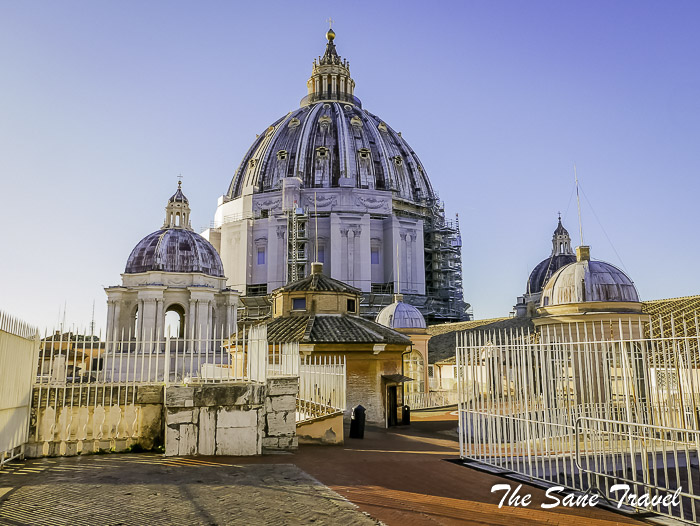
St. Peter's Basilica
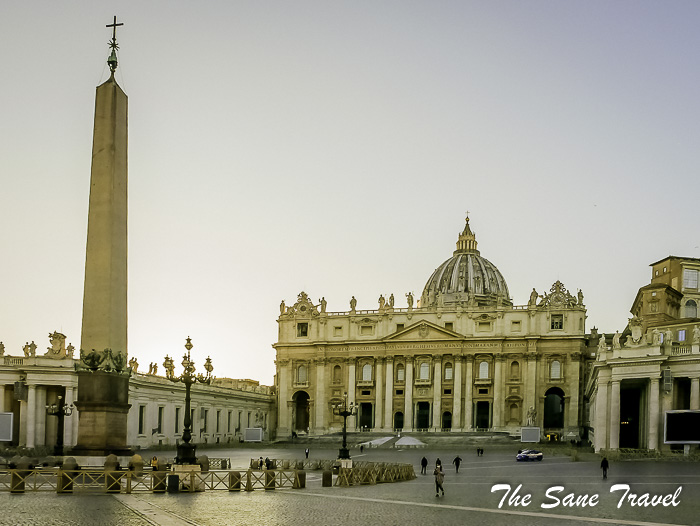
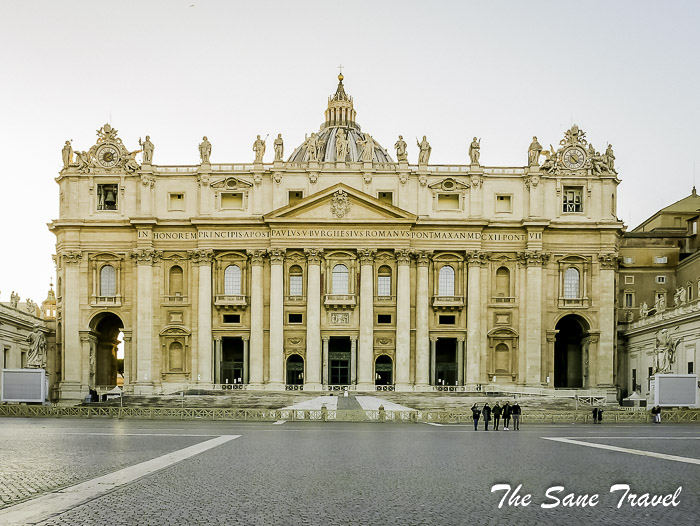
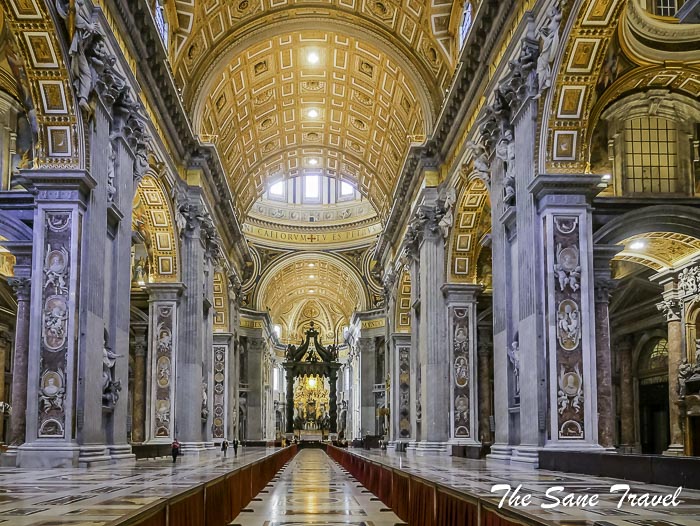 Some of the most impressive structures within the basilica are the altars.
Some of the most impressive structures within the basilica are the altars.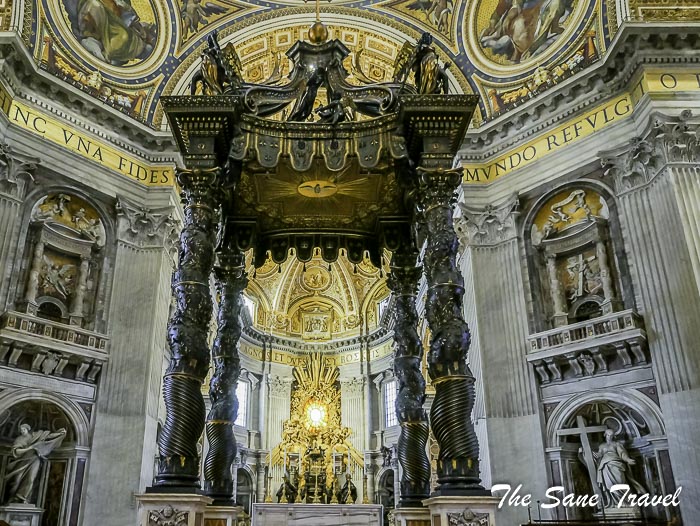 Another impressive structure is the relic of the Chair of St Peter’s and the stunning, golden structure built by Bernini that surrounds it. It’s positioned above the altar in the basilica’s apse. One of the basilica’s most iconic parts is the dome built by Michelangelo. The dome symbolises the separation of heaven and earth and rises over Peter’s tomb to heaven.
Another impressive structure is the relic of the Chair of St Peter’s and the stunning, golden structure built by Bernini that surrounds it. It’s positioned above the altar in the basilica’s apse. One of the basilica’s most iconic parts is the dome built by Michelangelo. The dome symbolises the separation of heaven and earth and rises over Peter’s tomb to heaven.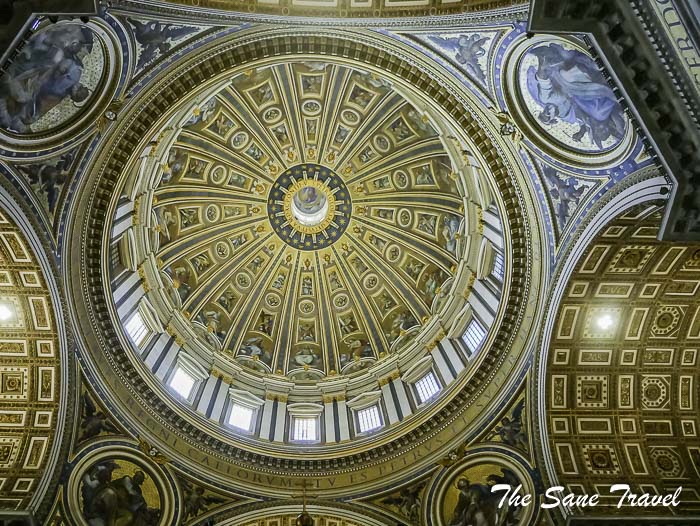
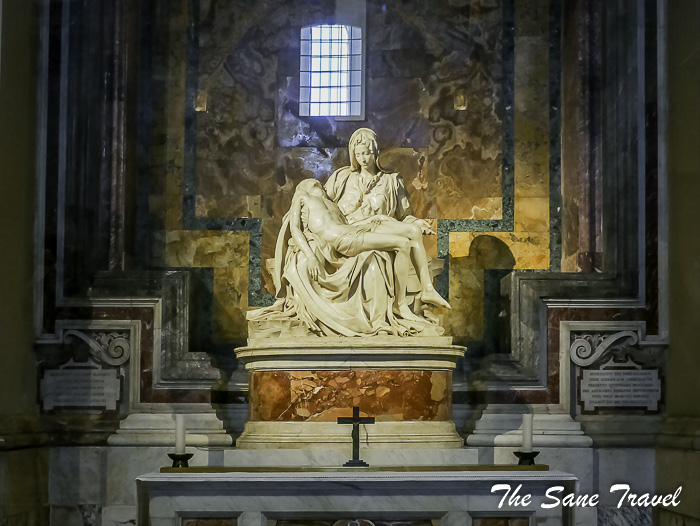
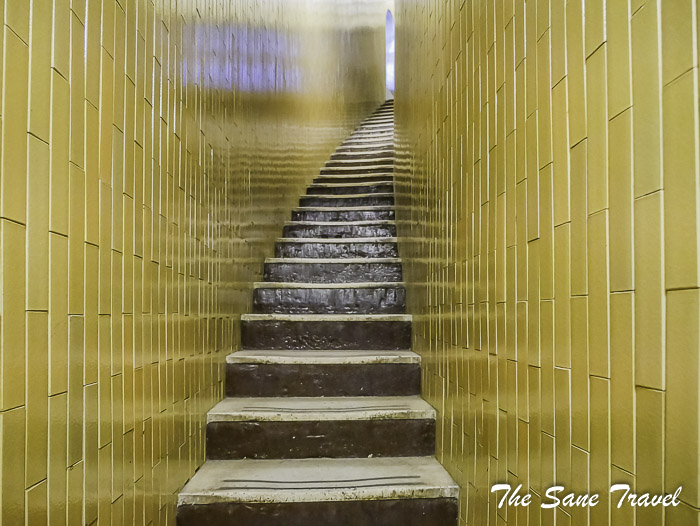
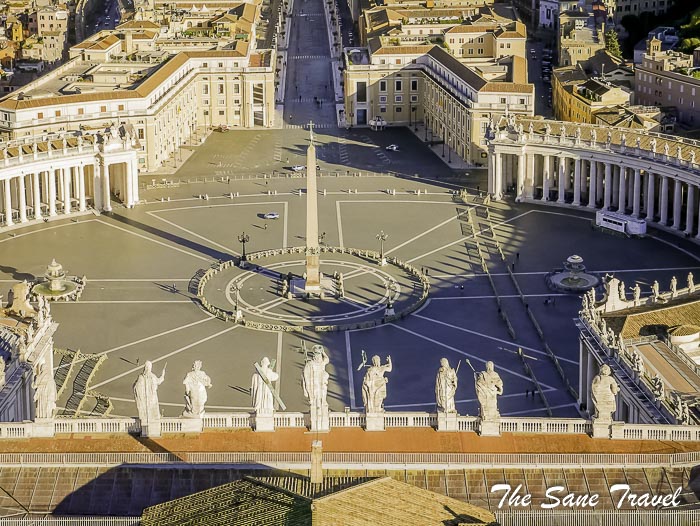

Saint John Lateran
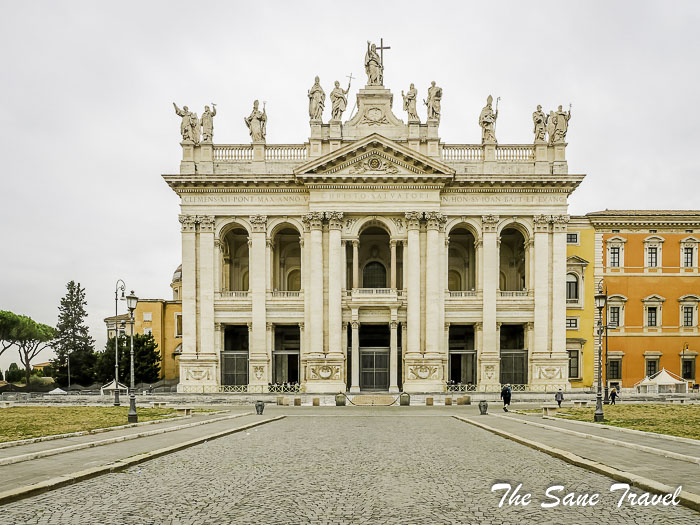 The great statues of the Apostles in the niches inside the basilica were made by sculptors of the late baroque at the beginning of the 18th century.
The great statues of the Apostles in the niches inside the basilica were made by sculptors of the late baroque at the beginning of the 18th century. 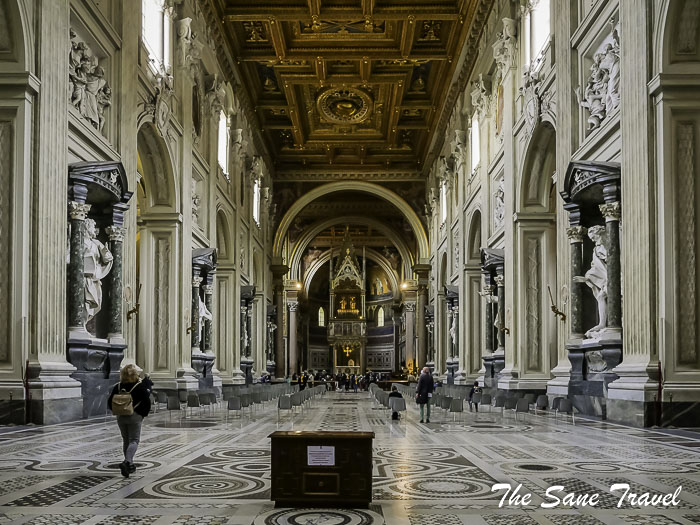
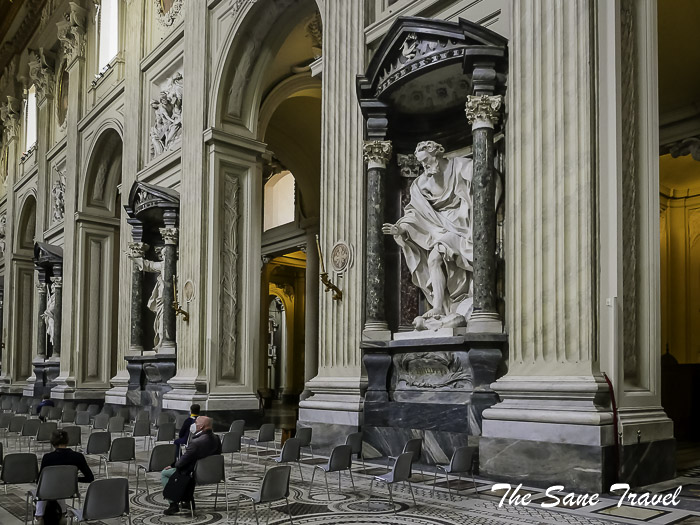
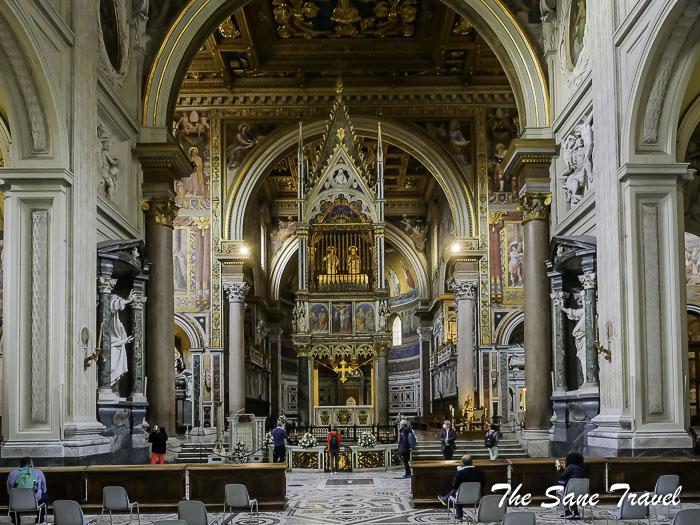
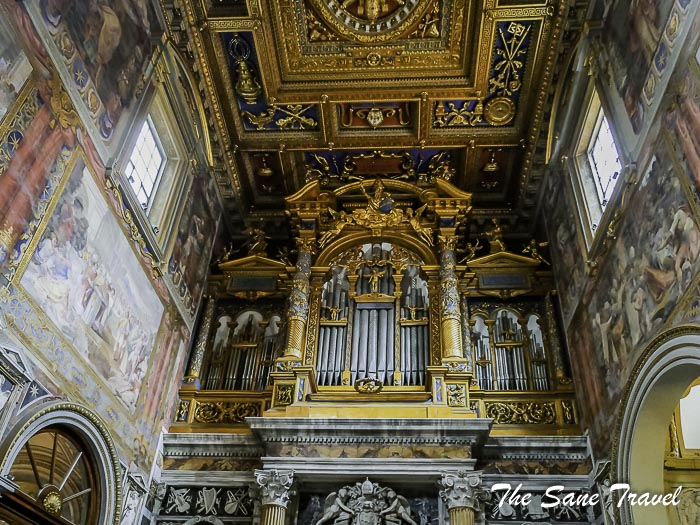 Above the sacramental altar, there’s a fragment of the table on which Jesus consumed the last supper. The cathedral also exhibits Jesus’ blood, brought to Rome by centurion Longino. Numerous are the chapels of noble families like Orsini, Torlonia, Massimo, among the others. They are made by some of the best artists of the different epochs. While St Peters’ Basilica in the Vatican houses the tombs of dozens of former popes, Saint John Lateran is the final resting place of 6 popes.
Above the sacramental altar, there’s a fragment of the table on which Jesus consumed the last supper. The cathedral also exhibits Jesus’ blood, brought to Rome by centurion Longino. Numerous are the chapels of noble families like Orsini, Torlonia, Massimo, among the others. They are made by some of the best artists of the different epochs. While St Peters’ Basilica in the Vatican houses the tombs of dozens of former popes, Saint John Lateran is the final resting place of 6 popes. 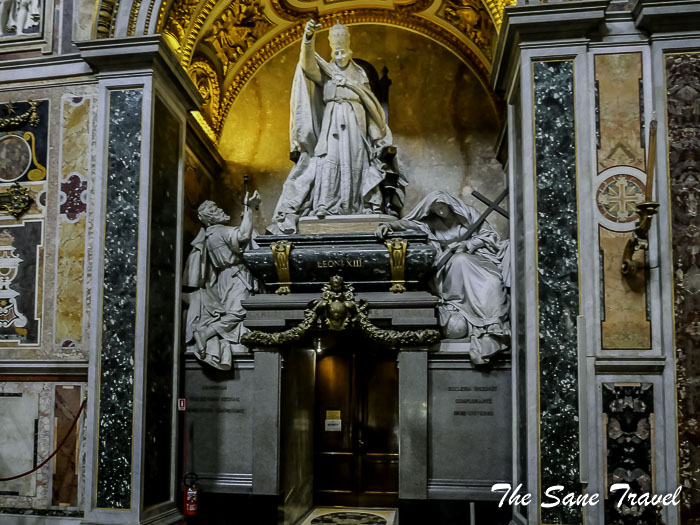
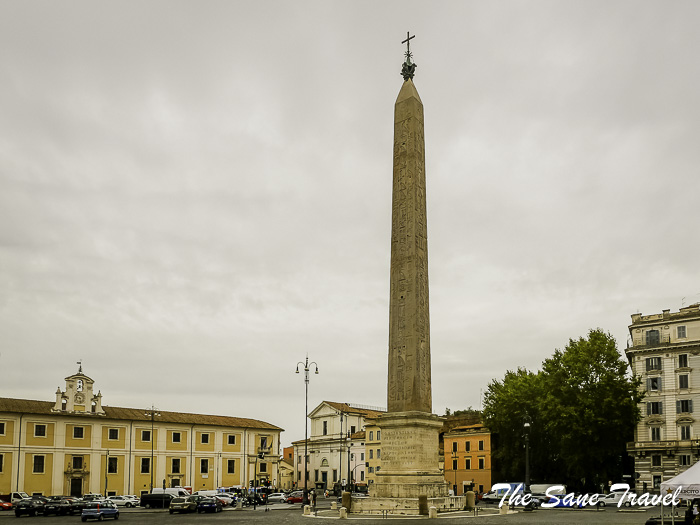 How to get to the Saint John Lateran
How to get to the Saint John LateranSanta Maria Maggiore
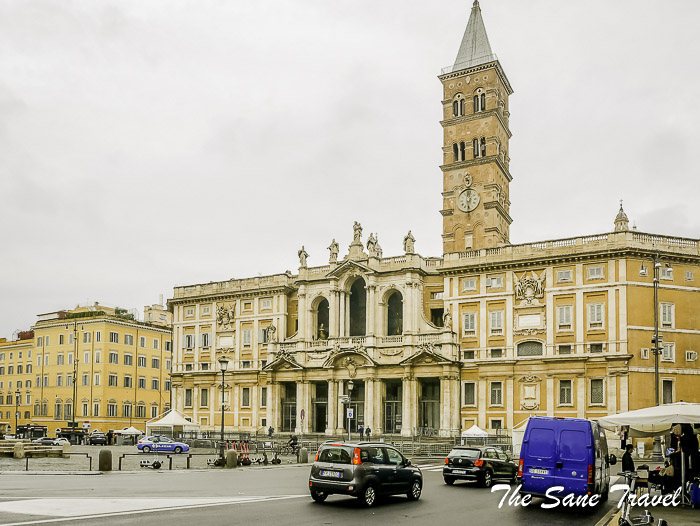
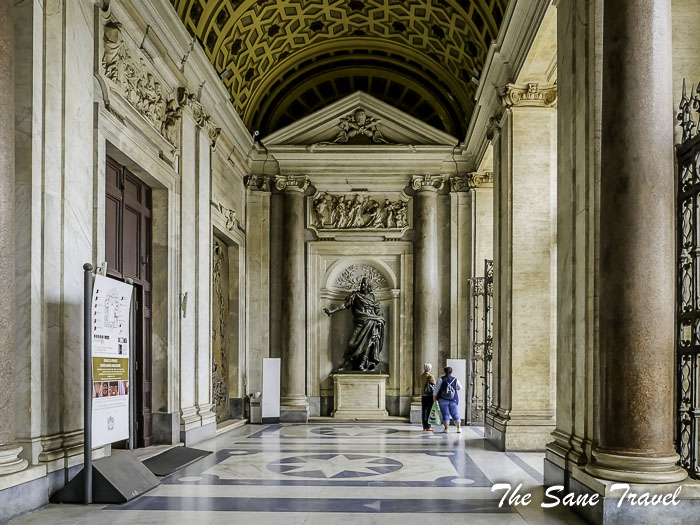
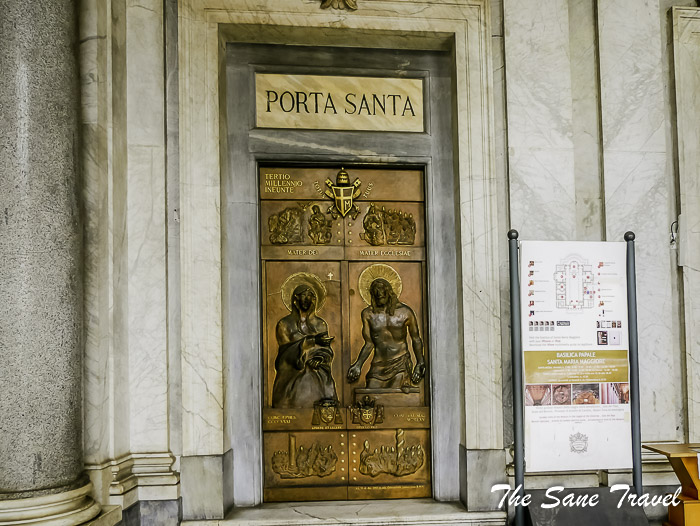 The basilica’s 16th-century coffered ceiling was gilded with the first shipment of American gold, a gift from Isabella of Spain to the Spanish pope, Alexander VI.
The basilica’s 16th-century coffered ceiling was gilded with the first shipment of American gold, a gift from Isabella of Spain to the Spanish pope, Alexander VI.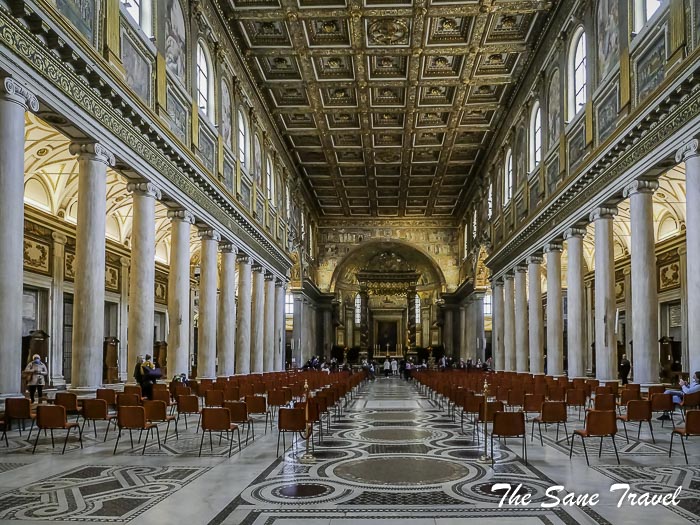
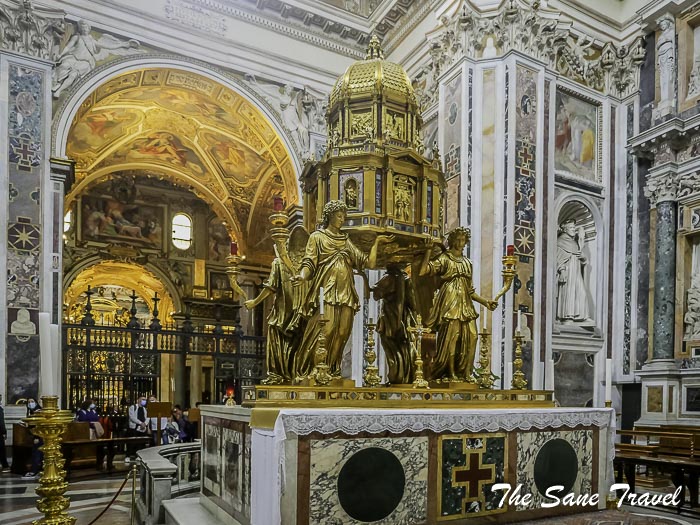
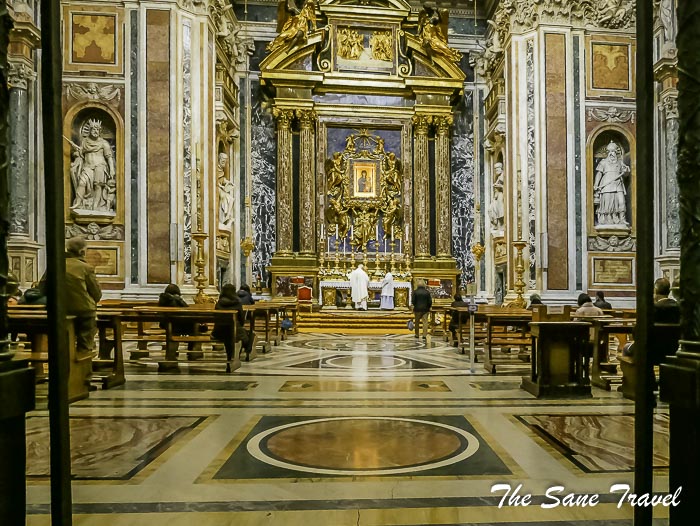
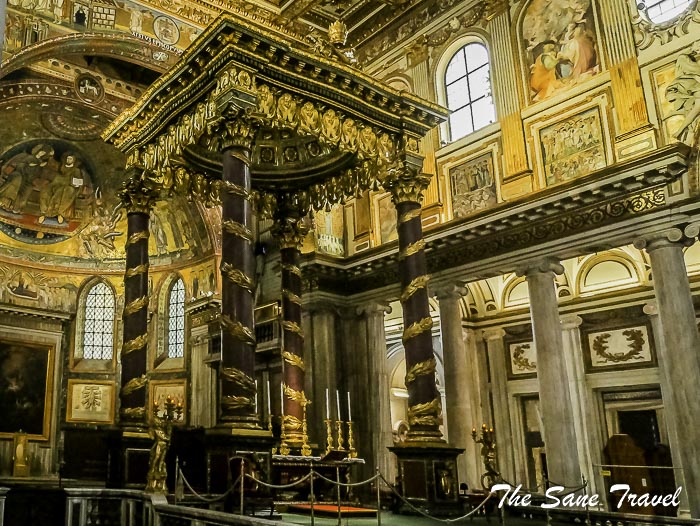
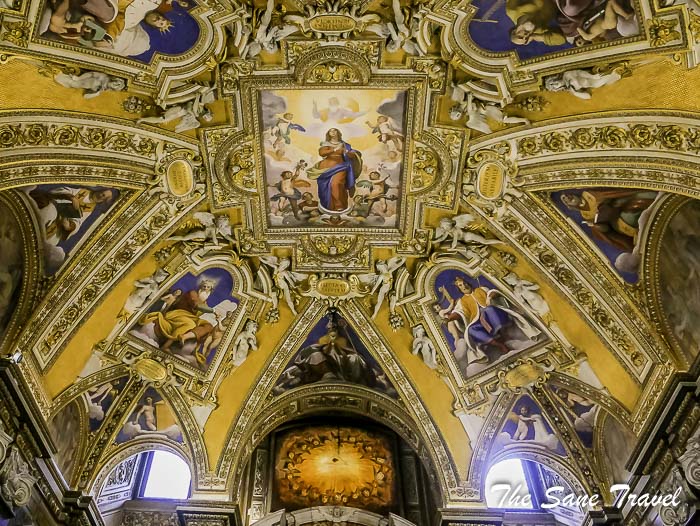 Despite this, the church retains the bell tower, some mosaics and marble floors from the medieval period, and some Ionic columns from other ancient Roman buildings, as well as splendid 5th-century mosaics.
Despite this, the church retains the bell tower, some mosaics and marble floors from the medieval period, and some Ionic columns from other ancient Roman buildings, as well as splendid 5th-century mosaics.St. Paul Outside the Walls
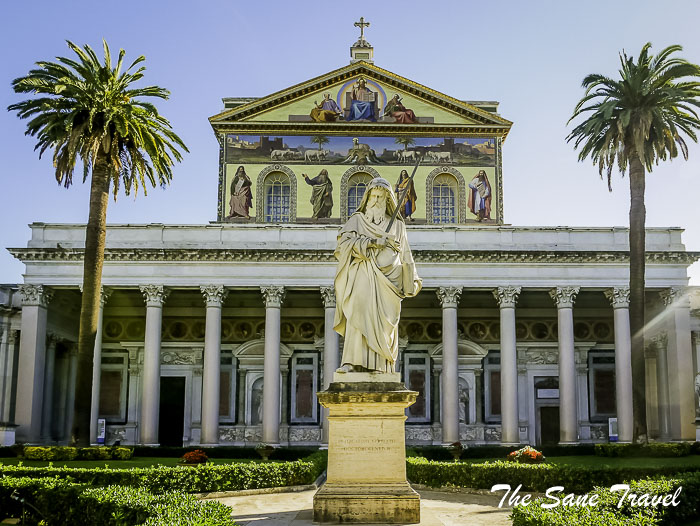
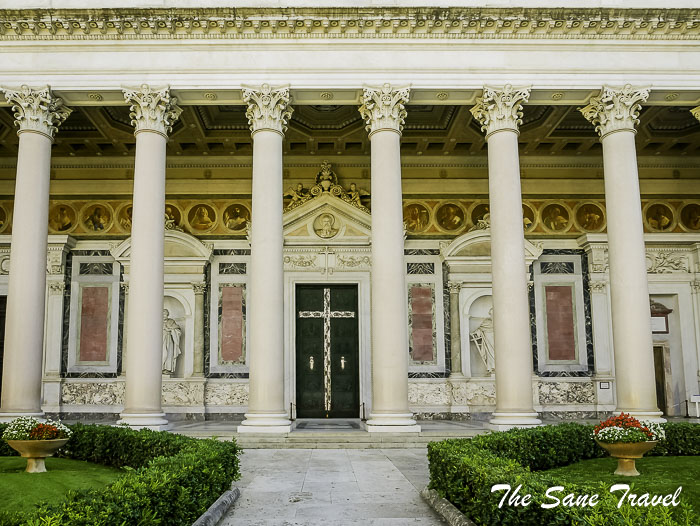
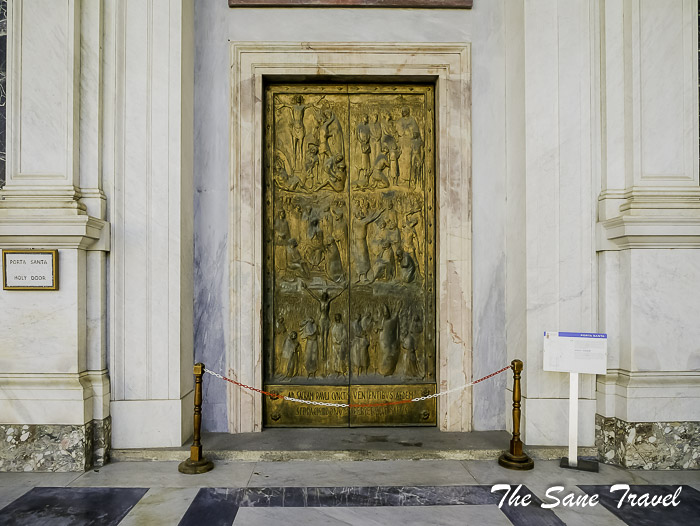 The centre of the portico houses a colossal statue of St. Paul.
The centre of the portico houses a colossal statue of St. Paul.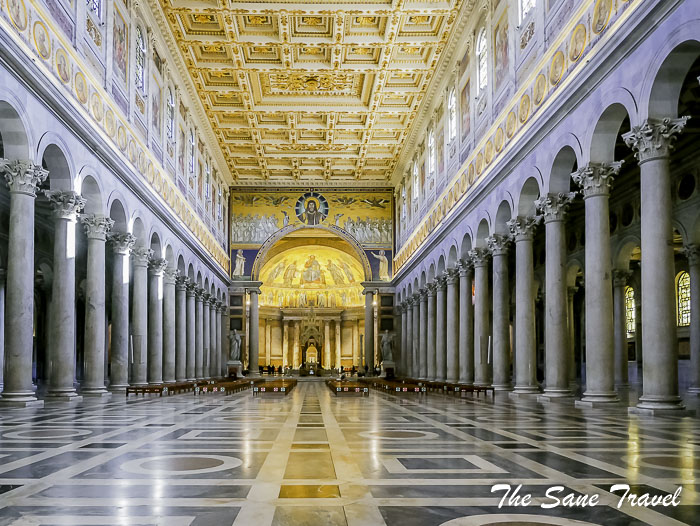
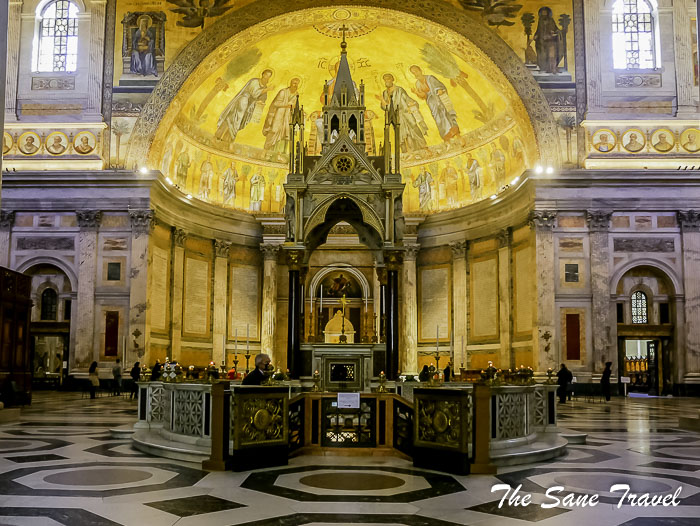
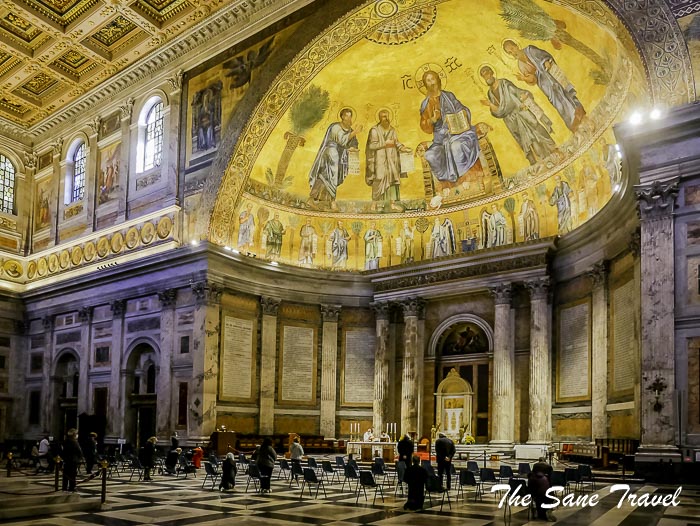
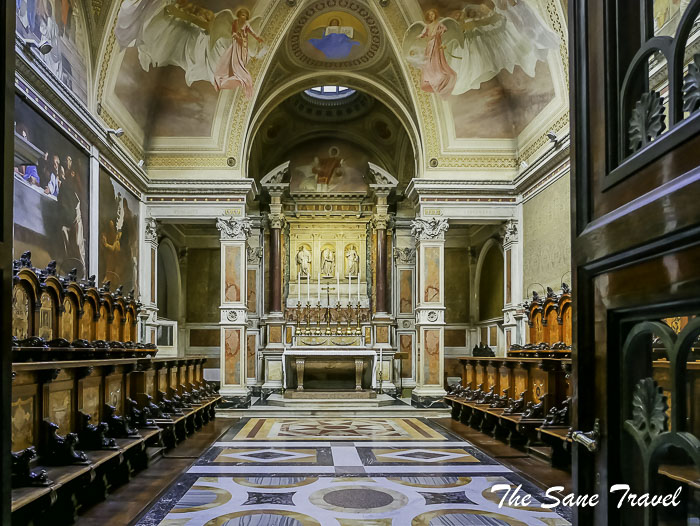 The building still houses some mosaics from the 13th century, a large 12th-century chandelier, or the marble tombstone under which the remains of St. Paul lie. Take time to admire the series of mosaic portraits of popes starting from the 5th century. Two sets of stairs lead to the tomb of St. Paul the Apostle housed below the altar and still encased between various layers of brick, stone, and marble, just as it was when it was found.
The building still houses some mosaics from the 13th century, a large 12th-century chandelier, or the marble tombstone under which the remains of St. Paul lie. Take time to admire the series of mosaic portraits of popes starting from the 5th century. Two sets of stairs lead to the tomb of St. Paul the Apostle housed below the altar and still encased between various layers of brick, stone, and marble, just as it was when it was found. Practical information
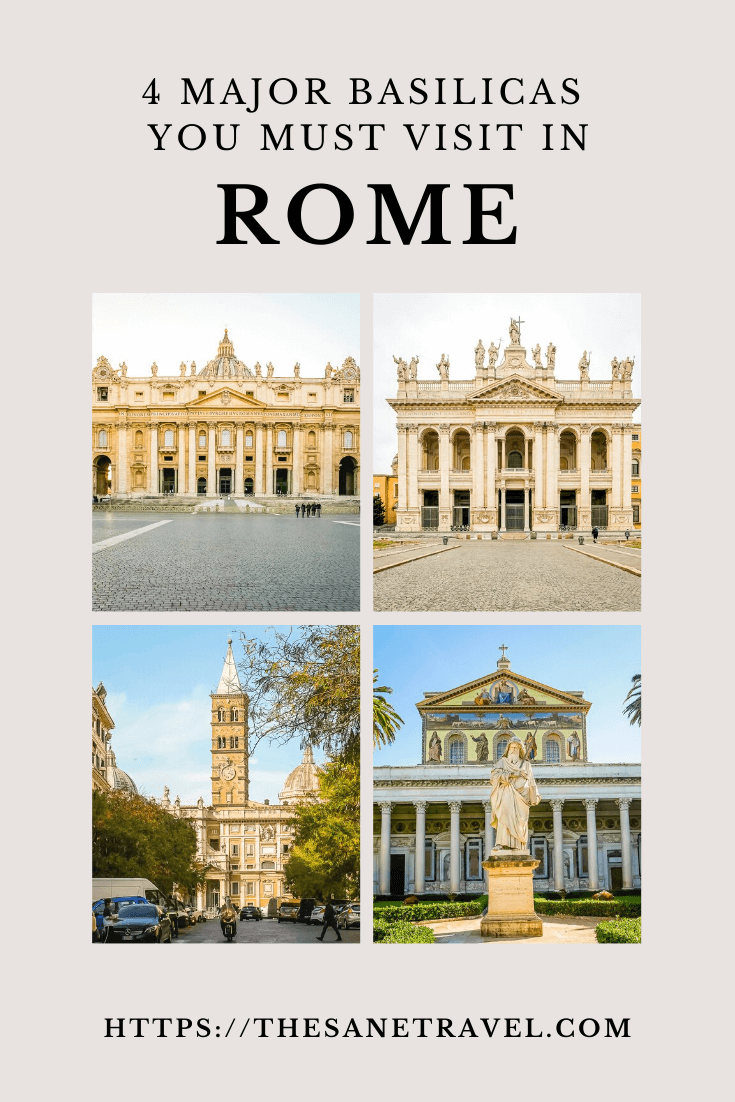
What did you think? Have you visited Rome and its Major Basilicas? I’d love to hear from you so please add your comment below.
Author: Anita Sāne

About the author
Anita is a part-time traveller, passionate photographer and a retired career woman from Latvia, travelling mostly solo for more than 15 years. She is a skilled travel planner who plans and executes her travels by herself. Anita wants to show you how to travel the world and open your mind to new experiences. Follow her on Facebook, Instagram, Pinterest, Twitter and Bloglovin.

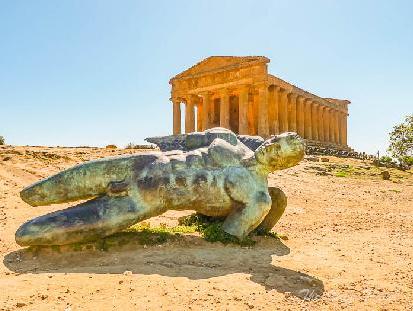
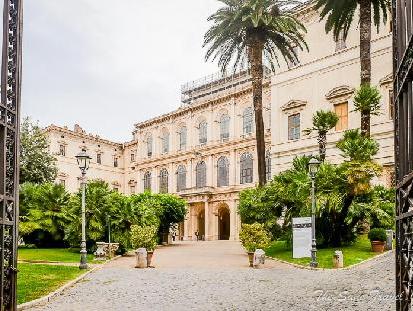
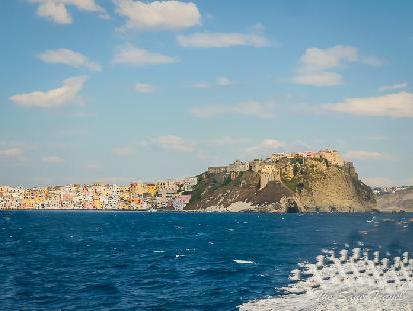
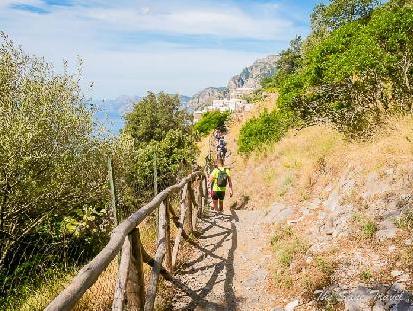
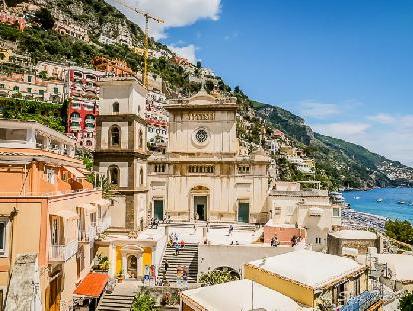
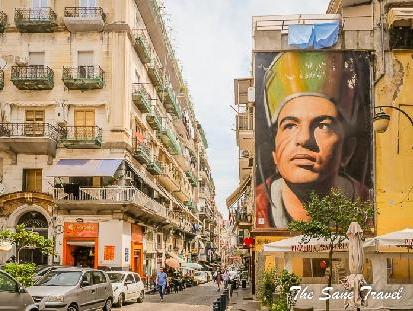
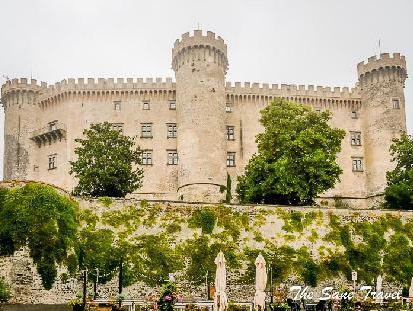
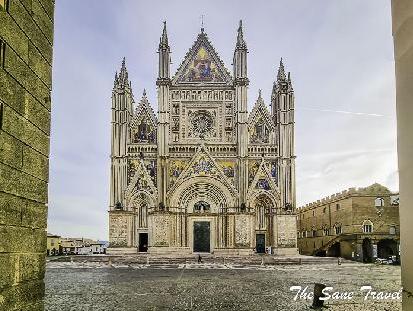
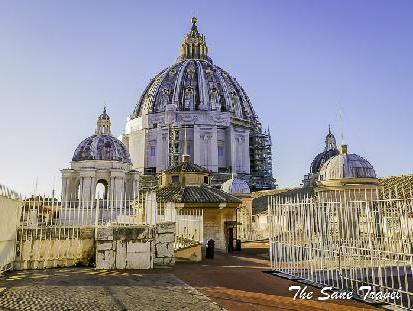
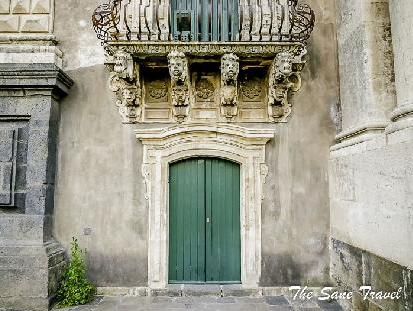
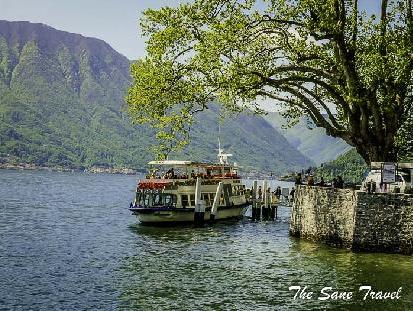
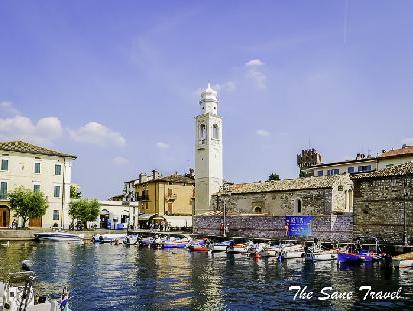
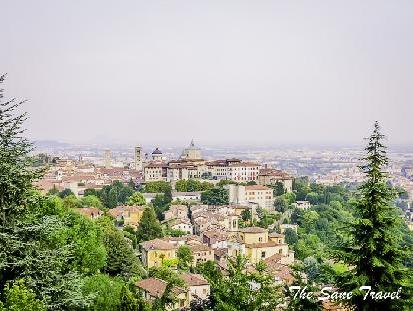
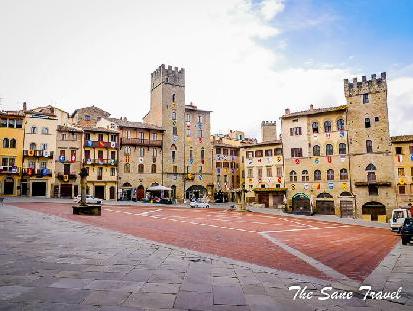
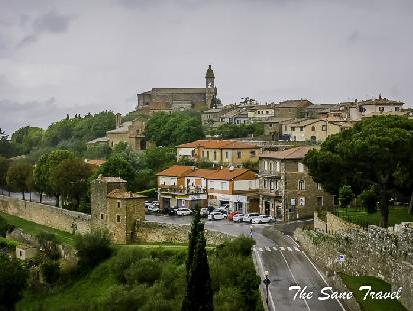
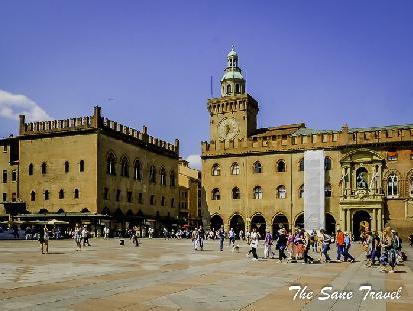
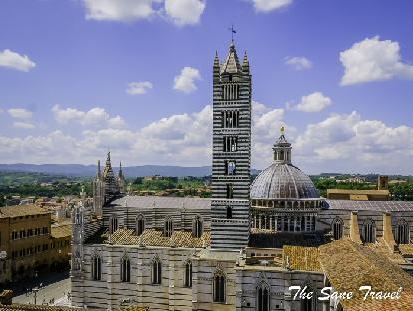
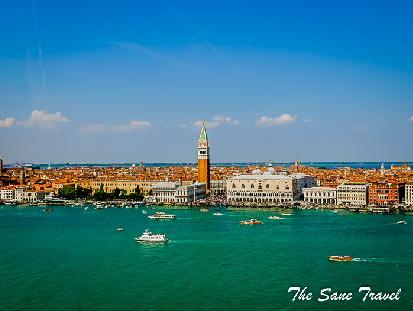
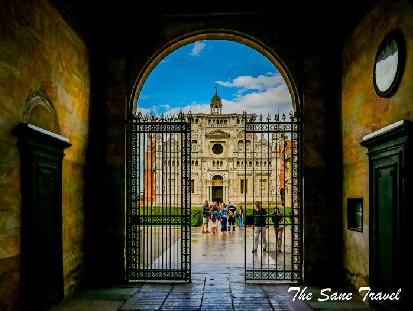
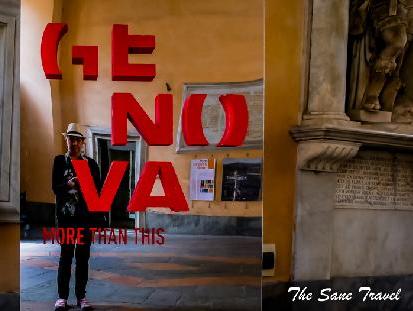
Report
My comments